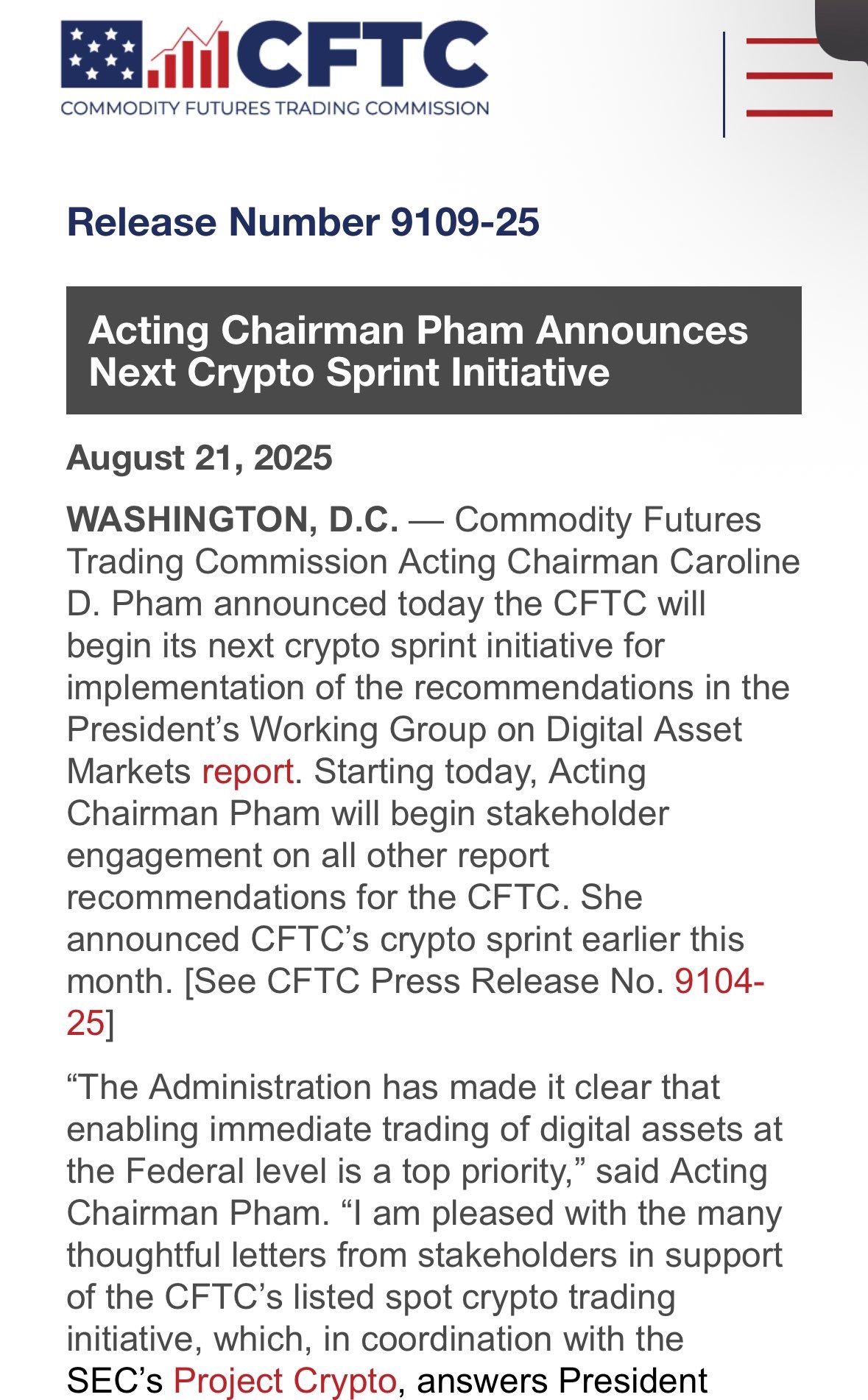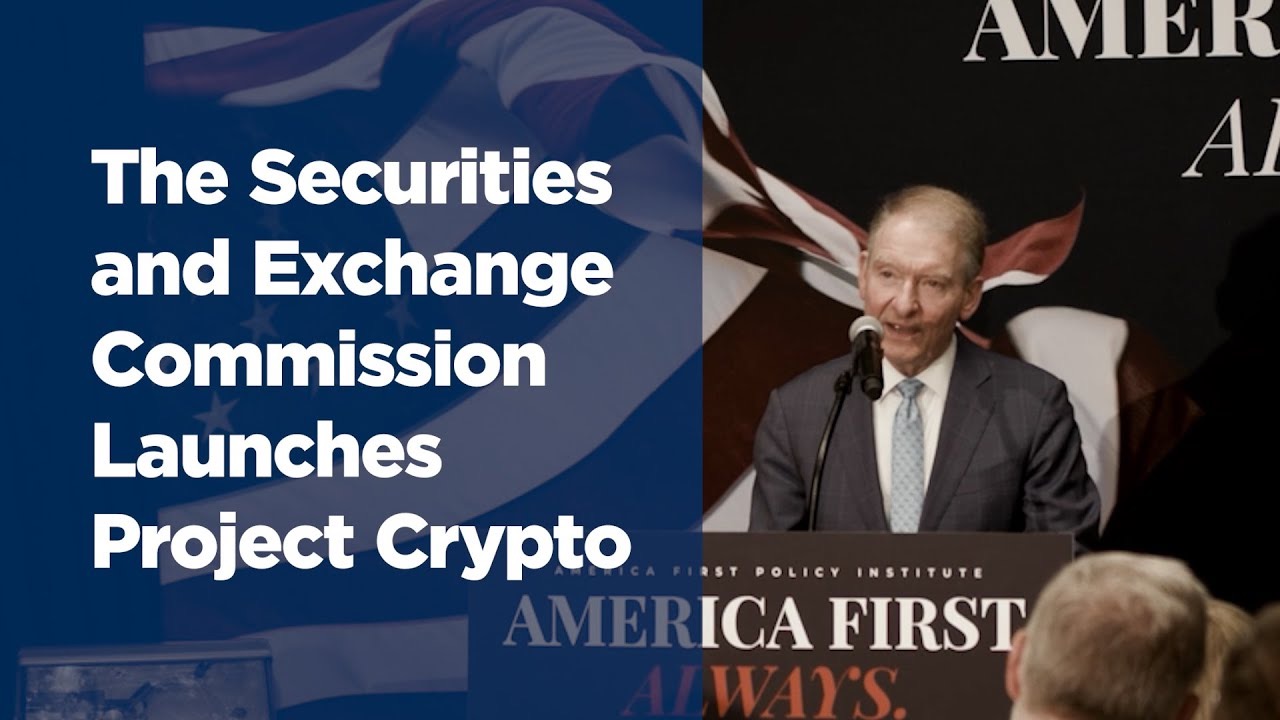Author: Luke, Mars Finance
Prologue: Clearing the Policy Legacy of the Old Era
On August 22, 2025, more than seven months have passed since the new government took office. Since January of this year, Washington's friendly stance towards the cryptocurrency industry has become a clear policy focus. However, despite the established direction, the development path of the industry is still littered with obstacles left by the previous administration. The "enforcement-based regulation" strategy implemented by former SEC Chairman Gary Gensler before his departure in January 2025 has left behind hidden reefs, whose impact has diminished but still binds the industry's potential with numerous unresolved lawsuits and vague rule definitions.
Under Gary Gensler, the SEC's core logic was to treat the vast majority of digital assets as securities and to delineate boundaries through litigation rather than legislation. The legacy issues of this strategy are evident: industry leaders like Coinbase are still facing legal challenges, and the controversial Staff Accounting Bulletin No. 121 (SAB 121) restricts banks from providing large-scale crypto custody services, while developers and project teams still lack a clear and predictable "safe harbor" definition of "what constitutes a security."
Therefore, for the cryptocurrency industry in 2025, the challenge is no longer to face a hostile regulatory agency but to figure out how to collaborate with a friendly government to efficiently "dismantle the scaffolding of the old era" and quickly establish a clear and solid legal framework that can support development for the next decade. The entire industry is waiting for a landmark event, a signal to accelerate the transition from "establishing a friendly stance" to "comprehensively laying down rules."
Acceleration Moment: Coordinated Action in Washington
This signal was clearly received on August 22. It was not a sudden policy shift but a long-anticipated coordinated action aimed at formalizing and systematizing friendly policies. The two major U.S. financial regulatory agencies—the Commodity Futures Trading Commission (CFTC) and the Securities and Exchange Commission (SEC)—announced a synchronized joint action, declaring the official launch of a "major campaign" to build clear rules for the U.S. cryptocurrency industry.
CFTC Acting Chair Caroline D. Pham announced the initiation of a new round of the "Crypto Sprint Initiative." Its core goal is to swiftly implement the recommendations from the President's Digital Asset Market Working Group report, establishing federal-level promotion of digital commodity spot trading as a "top priority." This marks a shift for regulators from the policy declaration phase to a comprehensive focus on efficient execution and implementation.

The SEC also officially launched its grand plan—"Project Crypto." This project aims to work in tandem with the CFTC to design a regulatory system for the digital asset market that protects investors while maximizing innovation. Both agencies voiced their commitment to the President's Working Group report titled "Strengthening U.S. Leadership in Digital Financial Technology," indicating that all their actions will be conducted under a unified national strategic framework.

The significance of this coordinated action is profound: it means that regulatory agencies are no longer fighting their own battles but are acting as a "coalition" to address historical legacy issues and jointly build the future. This marks the formal transition of U.S. cryptocurrency regulation from "restoring order" to a new chapter of "establishing rules and systems."
New Policy Duo: The Blueprint of "Sprint" and "Planning"
The "Crypto Sprint Initiative" and "Project Crypto" are like two complementary forces that together form the core of this regulatory construction.
The CFTC's "Crypto Sprint Initiative" is a pragmatic "engineering corps," focused on clearing the most critical pathways. Its core task is to establish a federally recognized compliant spot market for digital commodities like Bitcoin and Ethereum. This is the cornerstone of industry prosperity. By actively inviting public feedback on specific trading rules such as leverage and margin, the CFTC demonstrates its open and efficient style, aiming to quickly pave a highway for digital commodities to mainstream finance.
On the other hand, the SEC's "Project Crypto" serves as the visionary "chief designer," responsible for drafting the future blueprint of digital finance. Its planning is highly forward-looking: first, reform outdated custody rules to pave the way for the repeal of SAB 121, allowing traditional banks to safely and compliantly hold digital assets on a large scale; second, establish an "innovation safe harbor" that permits startup projects to issue tokens under specific disclosure conditions, providing valuable early development space for innovation; and its most revolutionary idea is to promote the "super-apps" model, allowing a single compliant entity to simultaneously provide trading services for digital commodities (CFTC regulation) and digital securities (SEC regulation), completely dismantling artificial business barriers.
One is responsible for quickly "clearing the path," while the other is tasked with long-term "planning the blueprint." Both play their roles while closely coordinating, transforming the current government's pro-crypto stance into an executable and predictable action plan.
Wall Street's "Landing"
Once a clear regulatory framework begins to take shape, the first to sense the opportunity will be the capital from Wall Street. For these financial giants, this coordinated action has sounded the horn for a full-scale entry into the digital asset space. The friendly signals over the past seven months have already had them itching to get started, and now the specific rules blueprint allows them to deploy their resources confidently and boldly.
The Flood of Institutional Capital: The CFTC's clear regulation of the spot market and the SEC's expected reforms to custody rules mean that the last compliance barrier for "deep-pocket" capital such as pension funds and sovereign wealth funds entering the market is being dismantled. The scale of capital inflow will no longer be a trickle but could form a flood.
Upgrading Financial Infrastructure: The positioning of U.S.-based exchanges like Coinbase will be elevated. They will transition from market participants striving to prove their compliance to becoming core financial infrastructure recognized by federal dual oversight. Under the "super-app" framework, they are expected to become "super ports" connecting traditional finance with the digital world, ready to welcome massive orders from Wall Street.
The Return of the Innovation Engine: The concept of an "innovation safe harbor" holds immense appeal for global Web3 talent and projects. It sends a clear signal: the U.S. not only welcomes crypto enterprises but will also provide the best innovation soil globally. A "return of intellectual capital" and an explosion of local innovation are imminent.
As the regulatory framework gradually takes shape, the market's pricing power will accelerate its shift from early participants to institutional investors. Wall Street's entry will bring unprecedented depth, liquidity, and stability to the market.
Epilogue: Establishing Leadership for the Next Decade
Of course, Rome was not built in a day. The comprehensive implementation of the new policies still needs to resolve countless technical details, and the classification disputes over new types of tokens will continue under the new framework. However, this is no longer a struggle for direction but a technical discussion in the construction process.
The most core change is that the U.S. has completed a critical leap from "friendly attitude" to "clear rules." The role of regulatory agencies has firmly transformed into that of market partners and builders. This action driven by the CFTC and SEC is not only about clearing the policy legacy of the old era but also about laying a solid foundation for the U.S. to maintain its digital financial dominance in the next decade.
Looking globally, in the face of fierce competition from places like Hong Kong and Dubai, the U.S. has made the strongest response with this coordinated, efficient, and visionary regulatory construction. A U.S. with clear rules will be the ultimate destination for capital, talent, and innovation in the era of the global digital economy.
免责声明:本文章仅代表作者个人观点,不代表本平台的立场和观点。本文章仅供信息分享,不构成对任何人的任何投资建议。用户与作者之间的任何争议,与本平台无关。如网页中刊载的文章或图片涉及侵权,请提供相关的权利证明和身份证明发送邮件到support@aicoin.com,本平台相关工作人员将会进行核查。




